E-commerce Growth
The MENA Retail Market is experiencing a remarkable surge in e-commerce, driven by increasing internet penetration and smartphone usage. As of 2025, e-commerce sales in the region are projected to reach approximately USD 30 billion, reflecting a compound annual growth rate of around 20%. This growth is largely attributed to changing consumer behaviors, with more individuals opting for online shopping due to its convenience and accessibility. Retailers are increasingly investing in digital platforms to enhance customer experience and streamline operations. The rise of social media and influencer marketing further propels this trend, as brands leverage these channels to reach a broader audience. Consequently, the MENA Retail Market is likely to witness a significant transformation, with traditional retail models adapting to the digital landscape.
Urbanization Trends
Rapid urbanization in the MENA region is reshaping the retail landscape, as more people migrate to urban centers in search of better opportunities. By 2025, it is estimated that over 70% of the population will reside in urban areas, leading to increased demand for retail spaces and services. This urban influx is driving the development of shopping malls and mixed-use developments, which cater to the evolving preferences of urban consumers. The MENA Retail Market is thus adapting to these demographic shifts, with retailers focusing on location strategy and store formats that resonate with urban lifestyles. Additionally, urban consumers tend to have higher disposable incomes, which could further stimulate retail spending. As a result, the MENA Retail Market is likely to see a diversification of retail offerings to meet the needs of a more urbanized population.
Consumer Spending Power
The MENA Retail Market is benefiting from a rise in consumer spending power, fueled by economic diversification efforts across the region. Countries such as the UAE and Saudi Arabia are investing heavily in non-oil sectors, which is expected to enhance disposable incomes. By 2025, consumer spending in the MENA region is projected to exceed USD 1 trillion, indicating a robust market for retail growth. This increase in spending power is encouraging consumers to seek premium products and experiences, prompting retailers to elevate their offerings. Furthermore, the growing middle class is likely to drive demand for a wider range of products, from luxury goods to everyday essentials. Retailers in the MENA Retail Market are thus focusing on product differentiation and customer engagement strategies to capture this expanding consumer base.
Technological Advancements
Technological advancements are playing a pivotal role in transforming the MENA Retail Market. Innovations such as artificial intelligence, big data analytics, and augmented reality are being integrated into retail operations to enhance customer experiences and optimize supply chains. Retailers are increasingly utilizing data analytics to understand consumer preferences and tailor their offerings accordingly. Moreover, the adoption of contactless payment systems and mobile wallets is streamlining transactions, making shopping more convenient for consumers. As technology continues to evolve, the MENA Retail Market is likely to see a shift towards more personalized shopping experiences, where retailers can engage customers in real-time. This technological integration not only improves operational efficiency but also fosters customer loyalty, positioning retailers for sustained growth in a competitive market.
Sustainability and Ethical Consumption
Sustainability is becoming a crucial consideration for consumers in the MENA Retail Market. As awareness of environmental issues grows, consumers are increasingly seeking products that align with their values, prompting retailers to adopt sustainable practices. This shift is reflected in the rising demand for eco-friendly products and packaging, as well as ethical sourcing practices. By 2025, it is anticipated that the market for sustainable goods in the MENA region will grow significantly, as consumers prioritize brands that demonstrate social responsibility. Retailers are responding by integrating sustainability into their business models, which not only appeals to environmentally conscious consumers but also enhances brand reputation. The MENA Retail Market is thus likely to witness a transformation, where sustainability becomes a key driver of consumer choice and brand loyalty.


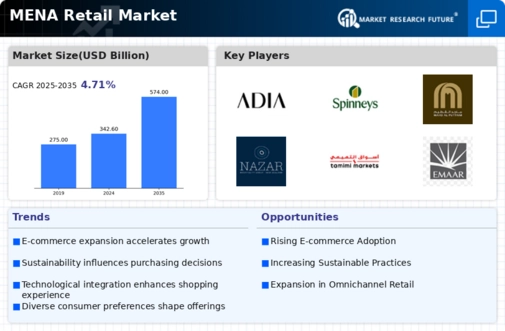
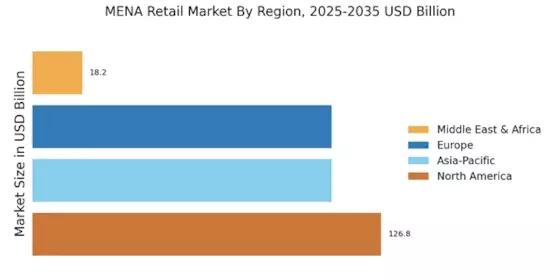
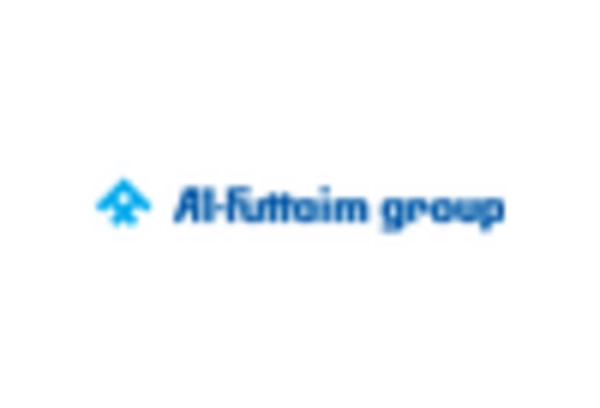
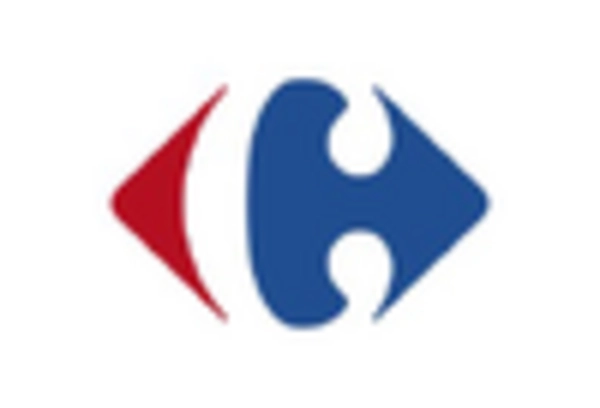
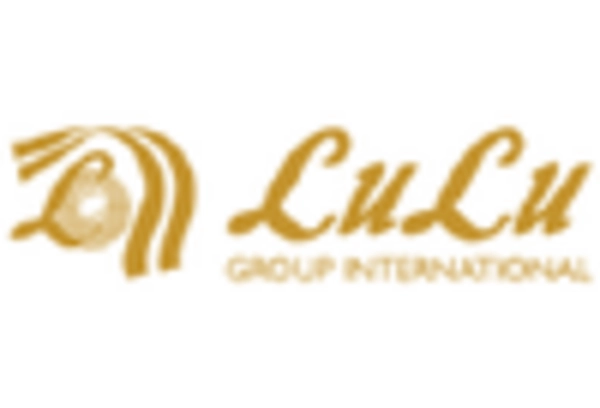
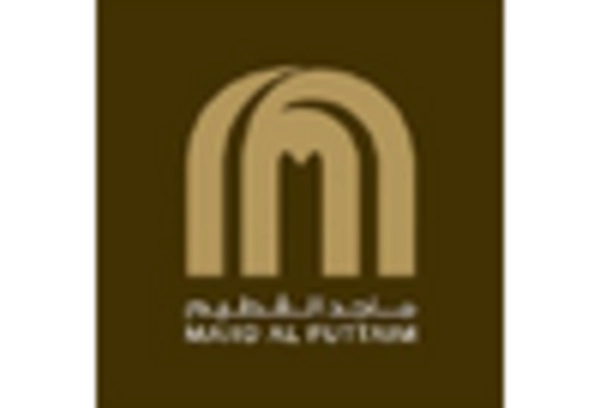
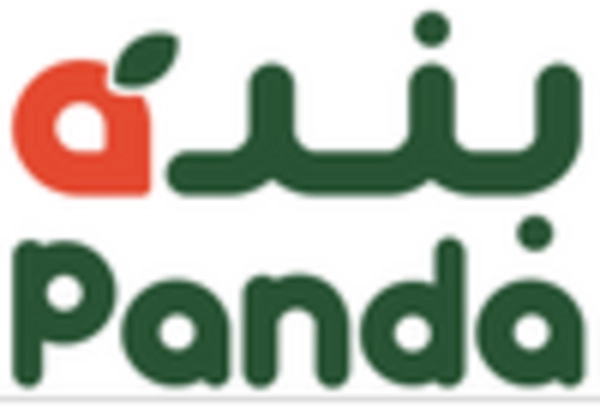
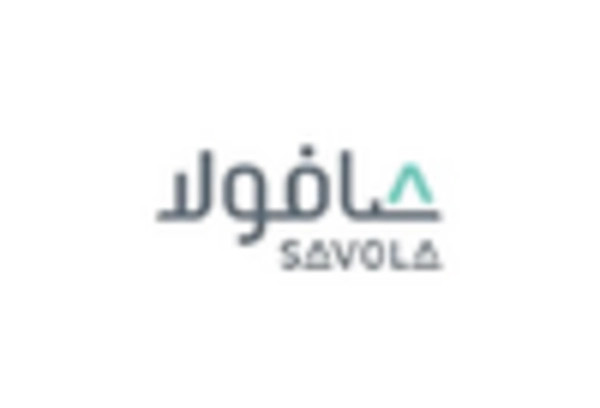








Leave a Comment